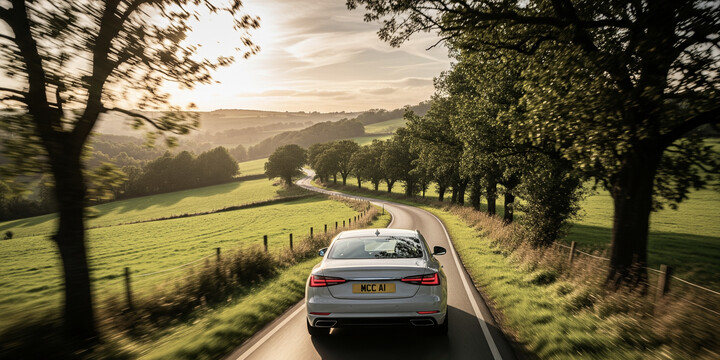
PERODUA KENARI (2000-10)
The PERODUA KENARI (2000-10) is a compact and practical city car that’s well-suited for urban driving and everyday commuting in the UK. As a hatchback, it offers straightforward handling and a small footprint, making it an ideal choice for first-time drivers, students, or those needing an affordable, easy-to-park vehicle. With a friendly driving experience and reliable performance, the KENARI is appreciated for its simplicity and efficiency, often valued by budget-conscious buyers looking for a dependable used car.
Notably, the PERODUA KENARI tends to be popular among individual owners, with an average of around 2.7 previous keepers and a typical mileage of just under 50,000 miles. Its average private sale value of approximately £520 makes it an affordable option on the secondhand market. Known for being a dependable city runabout, the KENARI stands out among rivals with its practical design and economical fuel consumption. If you're searching for a straightforward, budget-friendly vehicle that handles city streets with ease, the PERODUA KENARI (2000-10) remains a solid choice—especially for new drivers or those seeking a no-fuss small car.

average use
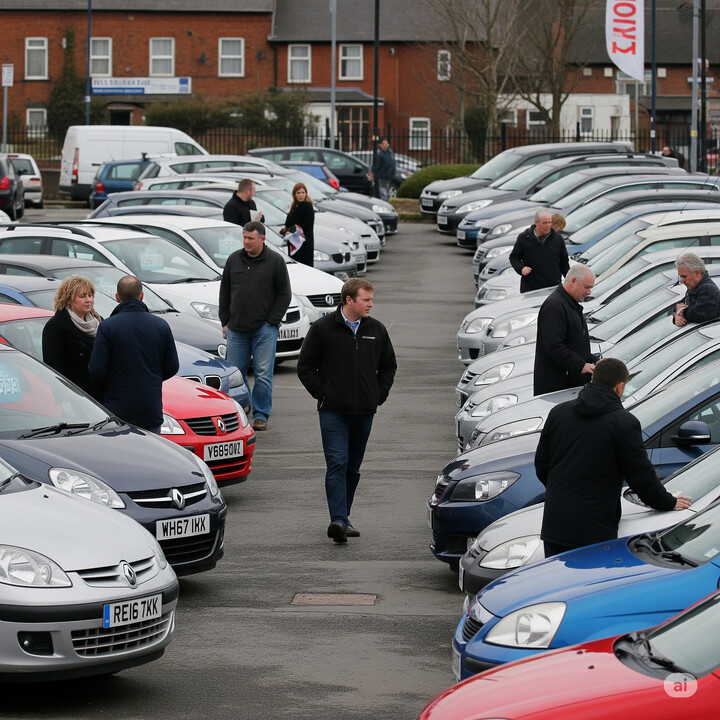
The recent mileage data for Perodua Kenari (2000-10) vehicles shows that the most common recorded odometer readings fall within the 40,000 to 50,000 miles range, accounting for 19.3% of the vehicles. Notably, a significant proportion of vehicles—around 49.3%—are clustered between 40,000 and 70,000 miles (covering 40,000 to 50,000, 50,000 to 60,000, 60,000 to 70,000, and 70,000 to 80,000 miles). Meanwhile, lower mileage vehicles (0 to 20,000 miles) are relatively rare, comprising only about 14.4%. Conversely, higher mileage vehicles exceeding 100,000 miles—specifically in the 100,000 to 110,000 and 150,000 to 160,000 mile ranges—are quite uncommon, each representing just 1.2%, indicating these vehicles are less likely to have very high recorded mileages at this point. Overall, the data suggests that most Perodua Kenari vehicles on record tend to be within the mid-range mileage brackets, with fewer vehicles found at the very low or very high ends of the mileage spectrum.

vehicle values
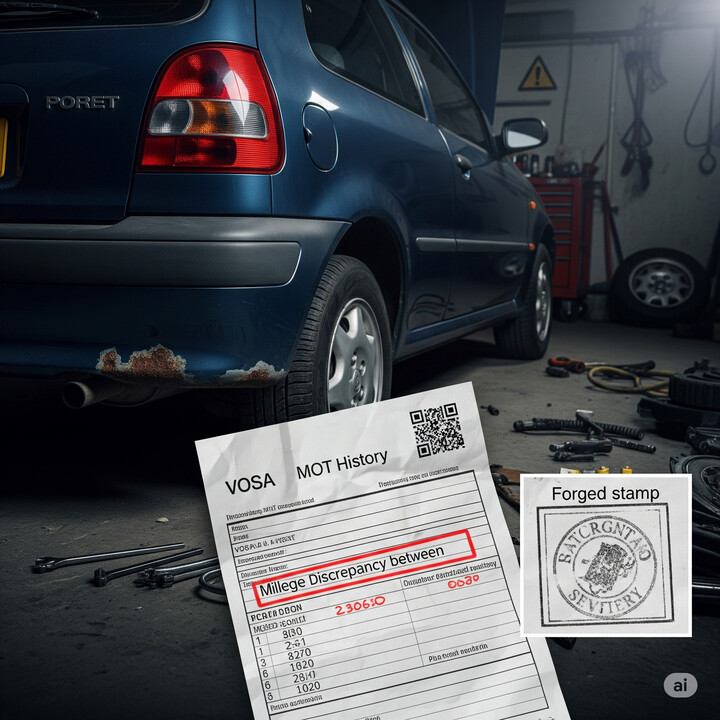
The data indicates that the majority of private sale valuations for Perodua Kenari vehicles from 2000 to 2010 are concentrated in the £0 to £1,000 range, accounting for approximately 85.5% of the sample. A smaller portion, around 14.5%, falls within the £1,000 to £2,000 bracket. This suggests that most of these vehicles tend to be valued at the lower end of the price spectrum, which may reflect their age, condition, or market demand for this model in the used car sector.

production years
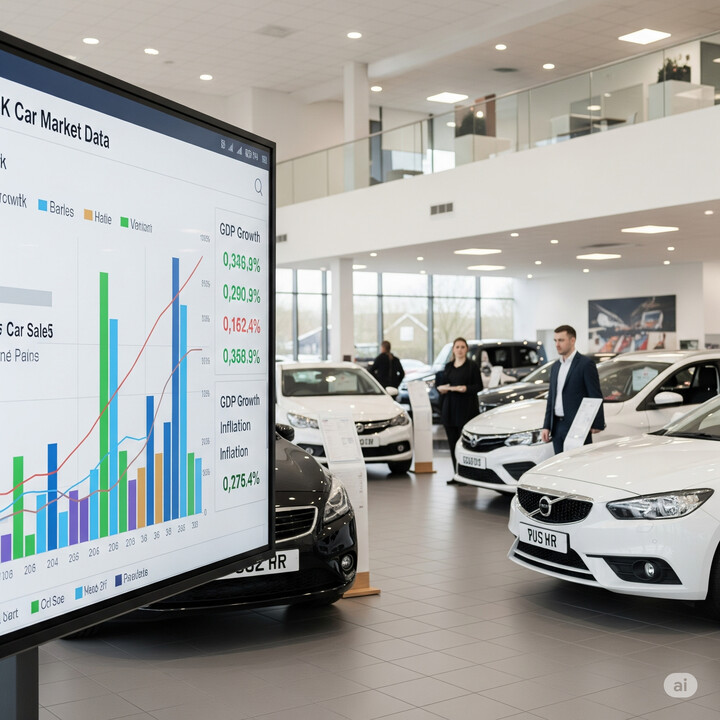
The data shows that the majority of Perodua Kenari vehicles within the 2000-2010 range were manufactured in 2002 and 2004, accounting for approximately 16.9% and 14.5% respectively. These two years make up a significant portion of the sample. Interestingly, the earliest model from 2000 represents just 1.2%, indicating fewer vehicles from that year. The distribution is relatively spread out across the years, with smaller percentages in recent years such as 2009 and 2008 (both at 8.4%), and the latest model in 2010 at 7.2%. Overall, the data suggests a higher prevalence of vehicles manufactured around the early to mid-2000s.
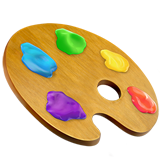
colour popularity
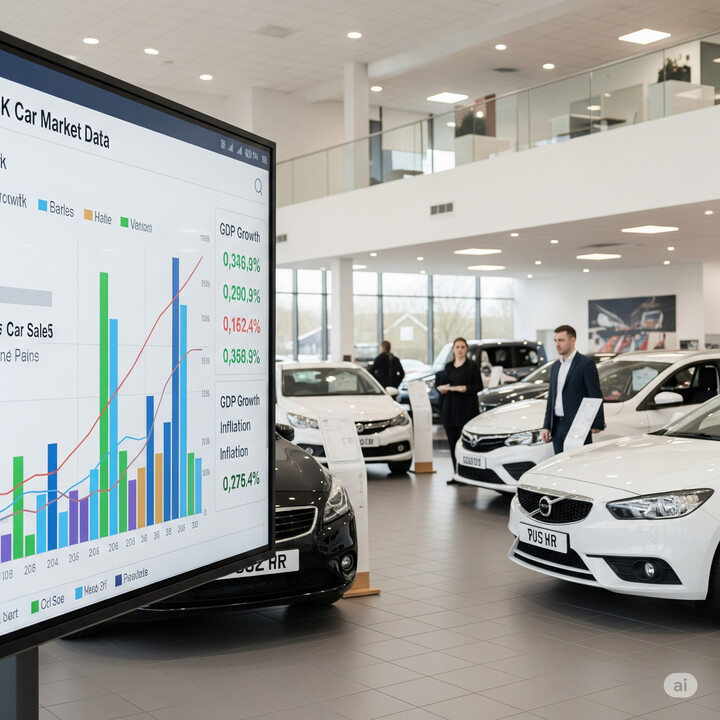
The data on the main paint colours for Perodua Kenari (2000-10) vehicles reveals that Silver is the most common, accounting for 43.4% of vehicles. Gold follows as the second most prevalent at 24.1%, while Green (8.4%), Blue (7.2%), Grey (15.7%), and Purple (1.2%) make up the remaining proportions. Notably, the purple variation is quite rare, comprising only 1.2% of the vehicles, suggesting it is a less popular choice among owners. Overall, the palette is dominated by neutral and metallic shades, with vibrant colours like purple being quite uncommon.

ownership cycle

The data on registered keepers for the Perodua Kenari (2000-10) indicates that a significant portion of these vehicles have had multiple owners. Notably, the most common number of registered keepers is 4, accounting for 19.3% of the vehicles, followed closely by 5 keepers at 16.9%. Vehicles with 3 keepers also make up a substantial share at 15.7%. Interestingly, a notable 12% of the vehicles have had only 1 registered keeper, suggesting some have remained with a single owner throughout their life. Conversely, a smaller percentage, such as those with 14 keepers (1.2%), point to vehicles with frequent ownership changes. Overall, the distribution indicates a broad range of ownership histories, with a tendency towards moderate numbers of keepers rather than very few or many.

engine choices

The data for the Perodua Kenari (2000-10) indicates that almost all vehicles are powered by petrol, with 100% of the sample using this fuel type. Regarding engine capacity, the most common size is 989cc, accounting for approximately 92.8% of the vehicles, suggesting it is the standard engine option for this model. Smaller engine sizes such as 959cc and 969cc are also present, but to a lesser extent, representing 2.4% and 3.6% respectively, with 909cc engines being quite rare at 1.2%. Overall, the Perodua Kenari predominantly features a 989cc petrol engine.












